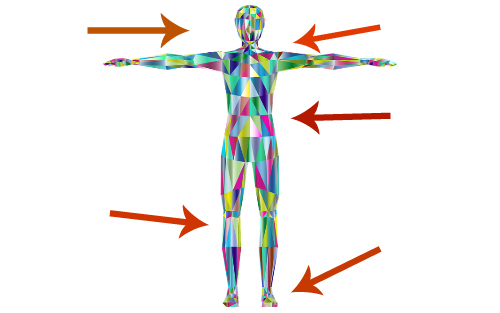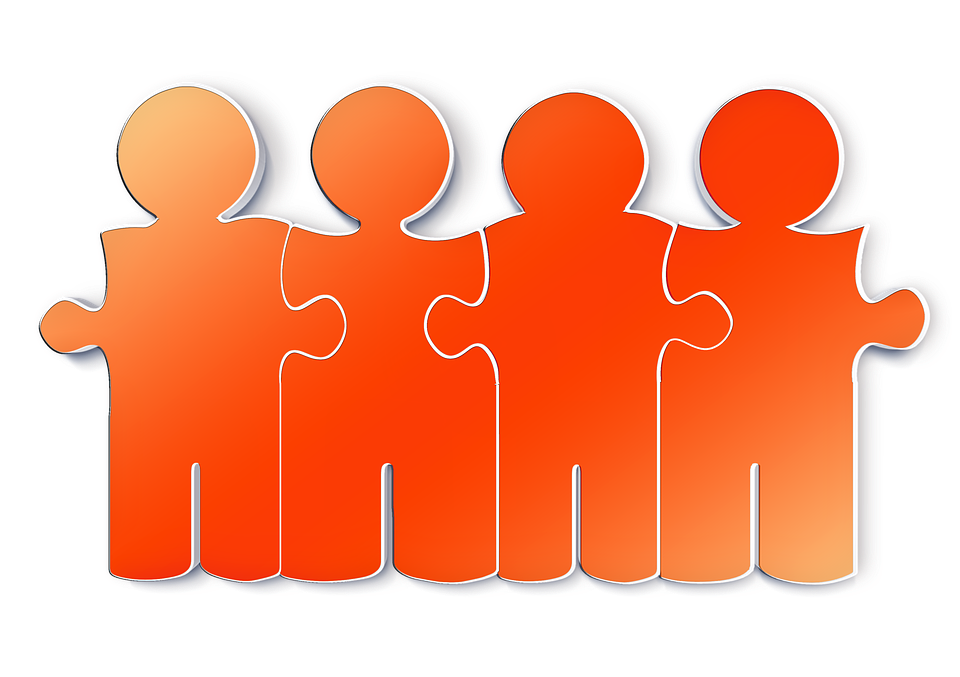
With rising temperatures and summer break in full force, a lot of people decide to take a vacation. This is a time when when millions of people “take to the skies and roads,” visiting friends and relatives or exploring new locations. It’s a time of fun and relaxation, but there’s a hidden danger you might not know about. Unfortunately, 3-5% those who get off of airplanes, buses, trains or auto transport will develop blood clots, often not detected until many weeks after their trip.
As American health care consumers, we know in today’s environment that we must be pro-active and take control of our health through education and prevention. Staying healthy while traveling is one very important preventative situation that we can all be more aware of in order to circumvent an unwanted health crisis.
Three years ago, the World Health Organization published the WRIGHT report (WHO Research Into Global Hazards of Travel). It identified the extent of the problem and who was at risk. The report identified the population most at risk are females over 40 years of age with a prior history of deep vein thrombosis.
Others at risk include older travelers, obese travelers, pregnant women, anyone with varicose veins or a prior history of venous thrombosis, women taking birth control pills or estrogen, travelers with a history of a major operation, cancer, heart failure, highly trained athletes, and those with recent surgery or injury.
In spite of the evidence explored in our health coach certification, however, there are still airlines in denial over the problem as many fear increased litigation. One major US airline has a published statement on its websites as a response to concerned travels that reads: “There is no epidemiological evidence that air travel causes blood clots.”
However, published experts would re-word that statement. It would be more accurate to say that “Every credible scientific study of the subject has found that air travel [and other forms of confined travel] cause blood clots, including all of the most recent, large-scale, sophisticated studies.”
What can you do to prevent blood clots?
- Do not be immobile for more than 1 hour when traveling by air or in confined transportation
- Dress in loose-fitting clothes and shoes. No socks or garments should have banded constriction.
- Stay well hydrated, but avoid alcohol.
- Exercise your legs and feet every chance you can (e.g. every 20 minutes).
- Consider fitted compression stockings–compression of 20 mmHg or more is best.
- Take an aspirin. It is not a guarantee that taking aspirin will avoid, it does prevents platelet clumping, which causes clots. If you are at risk, it seems reasonable to take aspirin daily, starting a day before departure and continuing for a day after the flight terminates.
- Sit in an aisle seat. You will have more room, and it is easier to stand up and move around the plane, bus, or train.
For more information search for “blood clots and travel”. There is an enormous amount of information on the subject. If you are getting ready for that big trip, obtaining this information in your health coach certification should be part of your “packing” process.
For more whole health discussions like this, listen to my hit radio show Living Above The Drama.





 Other studies demonstrate that women in their 40s who endure difficult or negative marital-type relationships experience a higher risk for cardiovascular disease than women with fulfilling relationships.
Other studies demonstrate that women in their 40s who endure difficult or negative marital-type relationships experience a higher risk for cardiovascular disease than women with fulfilling relationships.



